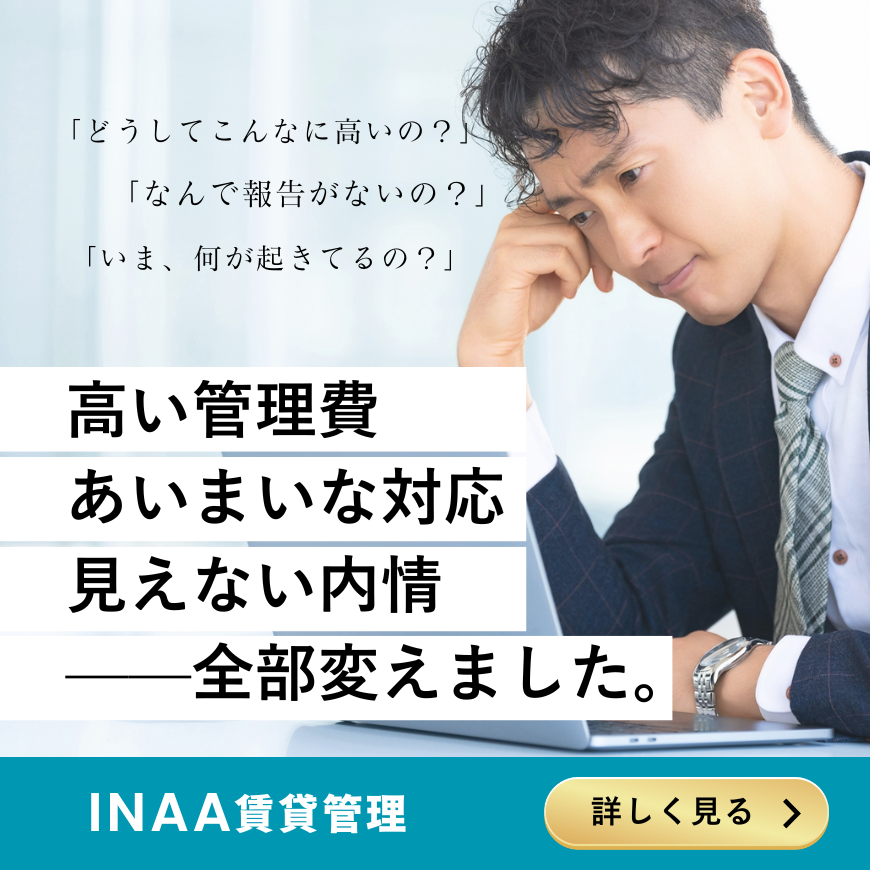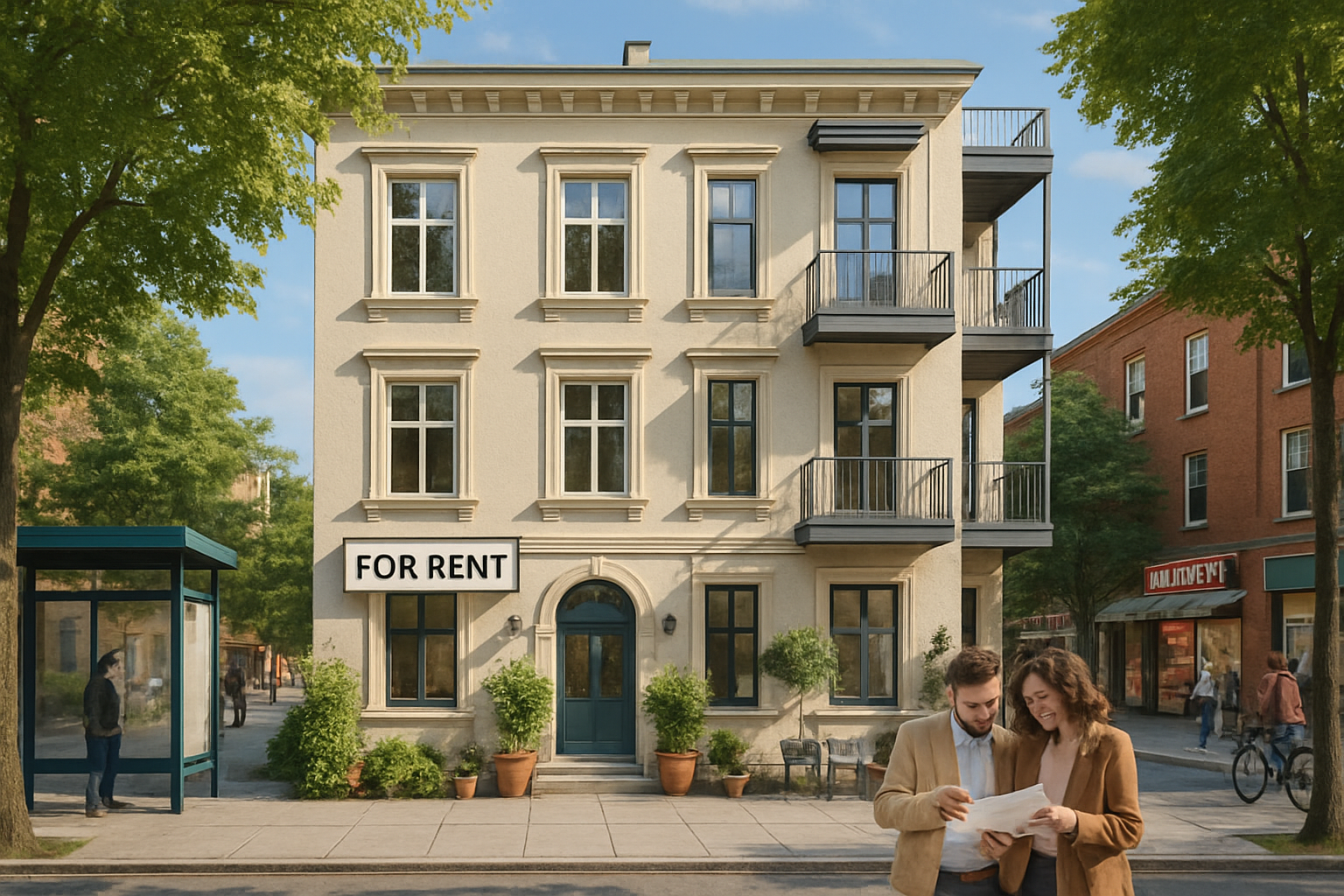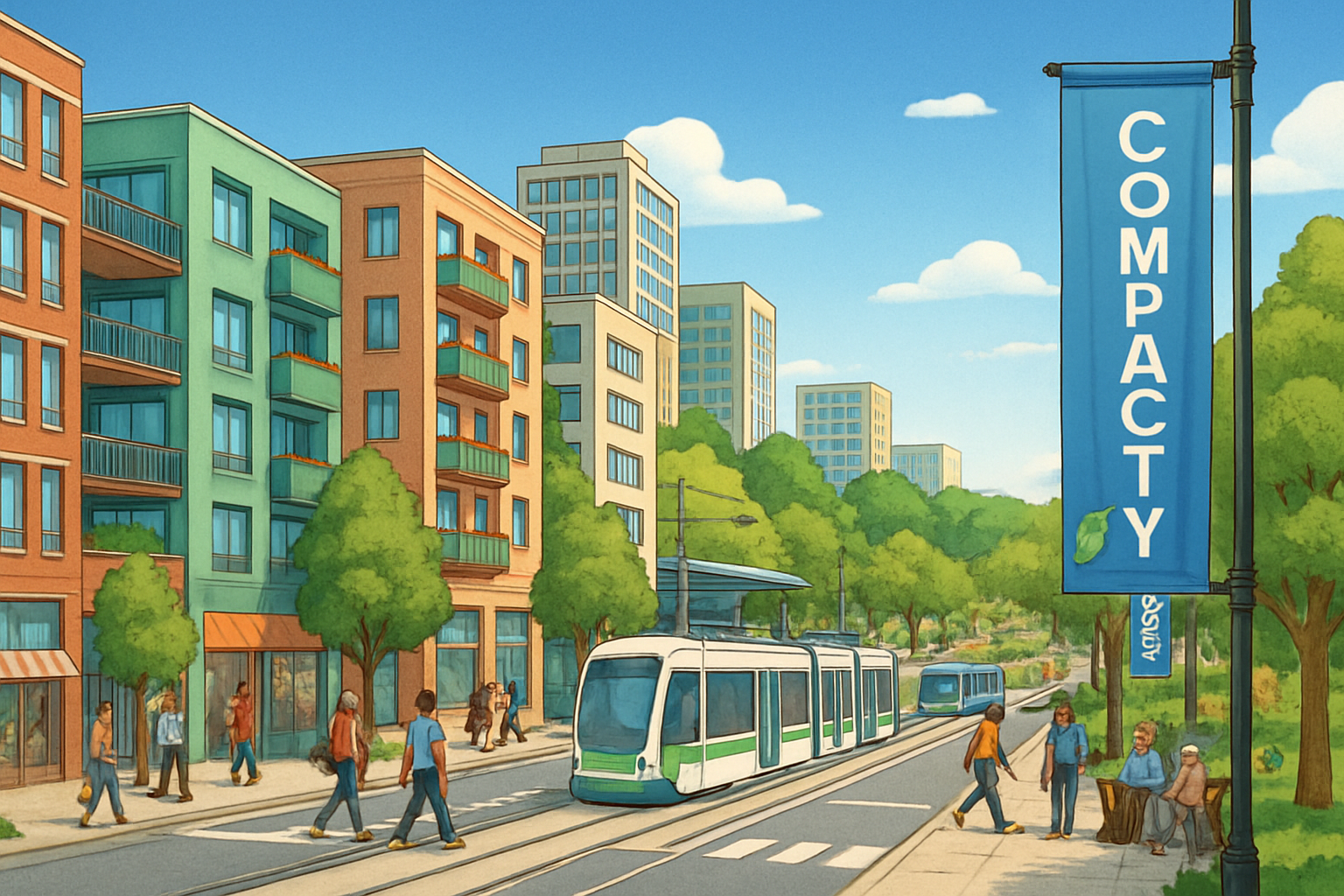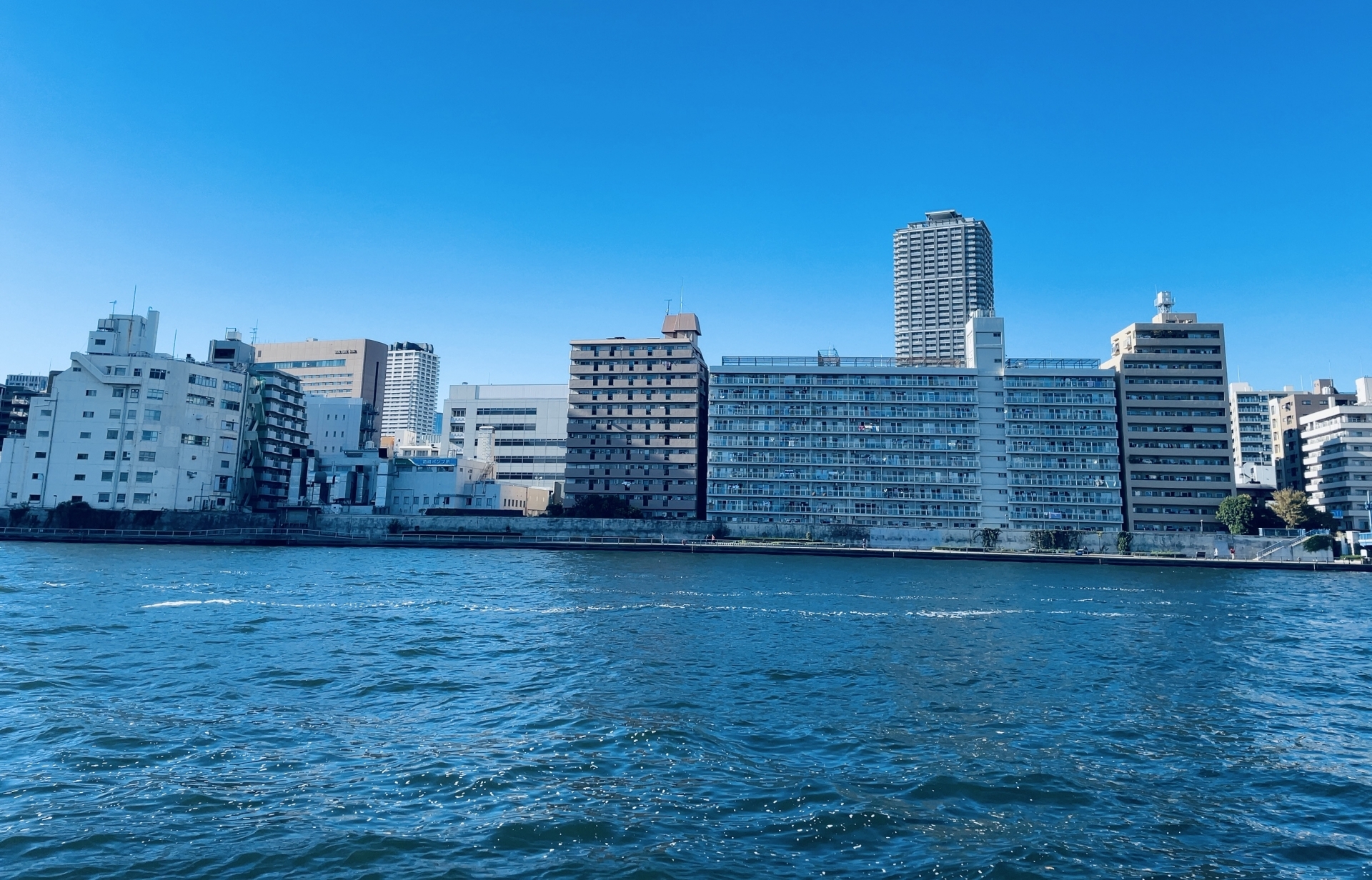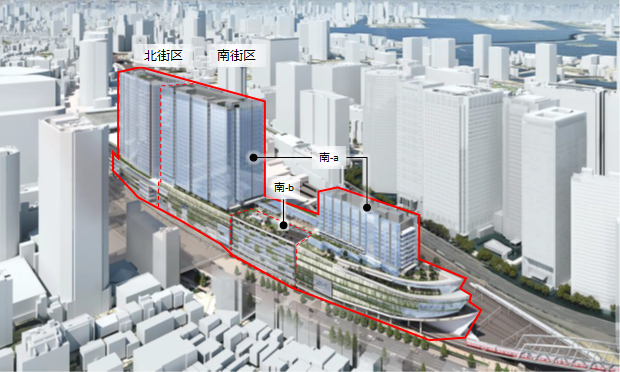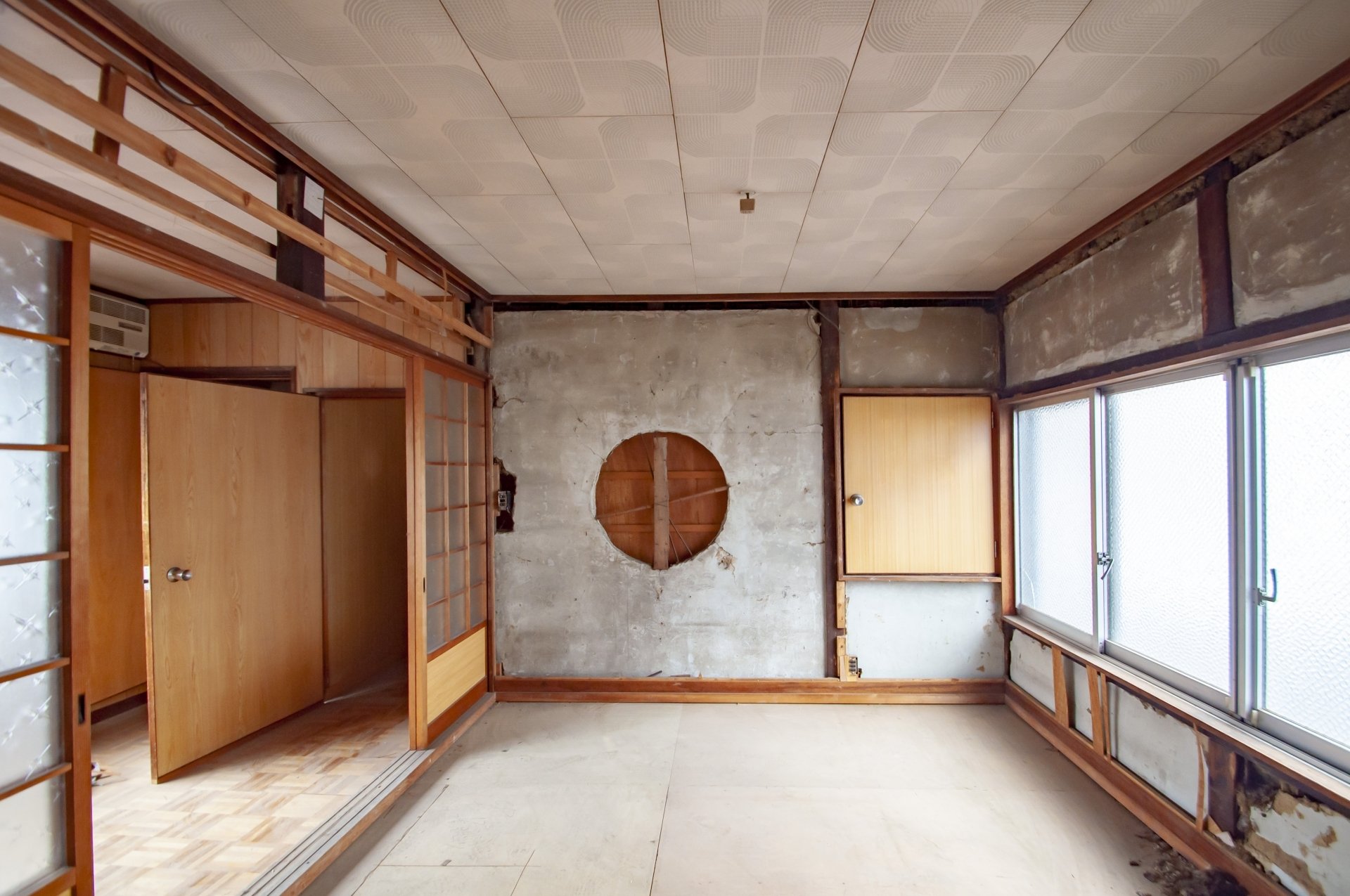Do you ever hear a loud "bang" sound the moment you turn off the water tap? This phenomenon is called "water hammer phenomenon" and is one of the most common plumbing problems in residential facilities. Water hammer phenomenon is not just a noise problem; it can also cause serious housing problems such as pipe deterioration and water leakage. The main cause of this phenomenon is water hammer caused by sudden pressure changes in water pipes. In recent years, the frequency of this problem has been increasing as houses have become taller and water supply facilities more complex. This article details important information that property owners and ordinary homeowners should know about the water hammer phenomenon, including its mechanism, causes, countermeasures, and even risks if left unchecked. By acquiring the appropriate knowledge and countermeasures, you will be able to protect the asset value of your home and maintain a comfortable living environment.
Basic Knowledge of Water Hammer Phenomenon
Water hammer is a phenomenon that occurs when water flow is suddenly interrupted in a water pipe. This phenomenon is characterized by an impact sound accompanied by a "thump" or "bang" when a water tap is suddenly turned off. In the field of waterworks engineering, it is also called "water hammer action" or "liquid hammer," and is recognized as one of the most common problems in plumbing systems.
Generation Mechanism of Water Hammer Phenomenon
The mechanism of occurrence of water hammer phenomenon is based on the laws of physics. Water flowing in a water pipe has kinetic energy. When a faucet is suddenly turned off, this kinetic energy loses its destination, and the pressure in the pipe suddenly increases. This sudden pressure change causes the water pipe to vibrate, producing a hammering sound.
Single-lever faucets, which are often used in modern homes, are particularly prone to the water hammer phenomenon because they can open and close water more quickly than conventional faucets. The faster the velocity of water in a water pipe and the longer the water pipe, the greater the impact generated.
Relationship with Water Column Separation Phenomenon
Water hammer phenomenon is sometimes associated with a phenomenon called "water column separation. Water column separation is a phenomenon in which the flow of water is temporarily interrupted and a cavity is created when the pressure in the pipe suddenly drops. When water flows back into this cavity, the water violently collides with each other, causing a large impact. This impact can be larger than a normal water hammer event and can cause serious damage to the plumbing system.
Occurrence in General Housing
The main situations in which water hammer occurs in general housing are as follows
1. When rapidly closing faucets such as single lever faucets and ball valves are used.
2. When equipment using solenoid valves, such as washing machines and dishwashers, suddenly shut off the water supply.
3. When water is used in an environment with high water pressure, such as a high-rise apartment building
4. When the piping route is complicated and long
5. When water hammer preventers are not installed or have deteriorated.
In recent years, housing facilities have been increasingly designed with an emphasis on convenience, and the risk of water hammer phenomenon has increased accordingly. This phenomenon may newly occur due to changes in water supply equipment, especially in newly built or large scale remodeled houses.
Comparison of water hammer phenomenon and common plumbing problems
| Characteristics | Water hammer phenomenon | Water leakage | Decreased water pressure | Clogged pipes |
|---|---|---|---|---|
| Main symptoms | A "thumping" sound when opening and closing faucets | Dripping water from pipes and connections | Slow water flow | Slow drainage |
| Causes | Sudden pressure changes in the water pipes | Deterioration of packing or damage to piping | Clogged water pipes or problems with water mains | Accumulation of foreign matter or deformation of piping |
| Risks if left unattended | Damaged pipes, loose connections, water leakage | Rising water rates, building corrosion, mold growth | Inconvenience of living, breakdown of water supply system | Complete blockage, foul odor, corrosion of pipes |
| Urgency | Medium to high (depending on frequency and loudness of noise) | High (depending on the degree of leakage) | Medium (due to impact on daily life) | Medium to high (depending on the degree of clogging) |
| Guidelines for consulting a specialist | If it occurs frequently or the noise is loud | When water leakage is confirmed | When there is a sudden drop in water pressure | When the blockage is not cleared by normal methods |
The water hammer phenomenon is often disregarded as a mere noise problem, but if left unchecked for a long period of time, it can have a negative impact on the entire plumbing system. Especially in older homes, plumbing connections are often loose, increasing the risk of water leaks caused by the water hammer phenomenon. Early detection and appropriate countermeasures are therefore important.
Main Causes of Water Hammer Phenomenon
There are multiple causes of water hammer phenomenon. The following is a detailed explanation of the main causes in residential facilities.
Sudden increase in pressure in water pipes
The most common cause of water hammer is a sudden pressure change in the water pipe. This is particularly likely to occur when equipment that can abruptly shut off the flow of water, such as single lever faucets and ball valves, is used.
When a faucet is turned off abruptly, the kinetic energy of the water that was previously flowing loses its destination, and the pressure in the pipes rises sharply. This increase in pressure causes the pipes to vibrate, producing the characteristic "thump" sound. The faster the velocity of water in the pipes and the longer the water pipe, the greater the pressure increase that occurs.
The switch from traditional handle faucets to single lever faucets in modern homes is thought to be related to the increase in water hammer phenomena. While single-lever faucets are easy to operate, they are also prone to sudden interruption of water flow.
Water Impingement Due to Water Column Separation
Another important cause of water hammer is a phenomenon known as "water column separation. Water column separation occurs when the pressure in the piping suddenly drops. Specifically, this phenomenon tends to occur when a pump stops suddenly or when there is a large difference in the height of the piping.
When water column separation occurs, a cavity is temporarily created in the piping in a near-vacuum condition. When water then flows back into this cavity, the water violently collides with each other, causing a large impact. This impact can be larger than the normal water hammer phenomenon and can cause serious damage to the piping system.
This water hammer phenomenon caused by water column separation is especially likely to occur in high-rise condominiums and other buildings with large differences in piping height.
Piping design and installation conditions
Piping design and installation conditions also greatly affect the occurrence of the water hammer phenomenon. The following conditions are likely to cause water hammer
1. When the piping route is complicated and long
2. When the piping is not properly supported or fixed
3. When there is air accumulation in the piping
4. When there is a sudden change in the diameter of the piping
5. When water hammer preventers are not installed or not properly positioned.
Especially in newly constructed or remodeled houses, water hammer phenomenon may occur due to problems in plumbing design. It is important to take appropriate measures during plumbing installation.
Effects of Age-related Deterioration
Age-related deterioration of homes can also cause water hammer phenomenon. Specifically, the following situations can be considered
1. Deterioration of originally installed water hammer preventers
2. Change in inside diameter due to corrosion or deterioration of piping
3. Loosening of piping connections
4. Deterioration of valves and packing
In older homes, these age-related deteriorations can cause new water hammer problems or exacerbate existing problems. Regular inspections and proper maintenance are important.
Changes in the External Environment
Even if there are no changes in the house itself, changes in the external environment can cause water hammer phenomenon.
1. Increase in water pressure due to an increase in the number of residences in the neighborhood
2. Water pressure changes due to water main construction or renewal
3. Changes in the water supply system (e.g., change to a direct water supply system)
Especially in urban areas and newly developed residential areas, changes in the surrounding environment are causing changes in water supply conditions, and water hammer phenomenon is becoming more common as a result.
Characteristics and Occurrence by Cause
| Cause | Characteristics | Situation prone to occurrence | Frequency of occurrence | Difficulty of countermeasures |
|---|---|---|---|---|
| Sudden increase in pressure in water pipes | Relatively low noise when opening and closing the faucet | High water pressure environment when using a single lever faucet | High | Low to medium |
| Impact of water due to water column separation | Loud impact noise, large vibration of piping | High-rise buildings, environments where pumps are used, and where there is a large difference in piping height | Medium | Medium to high |
| Piping design issues | Always occurs in specific locations, affects entire building | Immediately after new construction or remodeling, complex piping routing | Medium | High |
| Deterioration over time | Gradual increase in frequency and volume of occurrence | Older homes, older faucets and plumbing | Medium to high | Medium |
| Changes in external environment | Sudden start of occurrence, variation with time of day | Urban areas, new residential areas, post-plumbing | Low to medium | Medium to high |
By accurately identifying the cause of the water hammer phenomenon, effective countermeasures can be taken. Since multiple causes often overlap, it is important to diagnose the problem from a comprehensive perspective.
Effects and Dangers of Water Hammer Phenomenon
Water hammer phenomenon is not just a noise problem; it can have various adverse effects on housing facilities. If left unchecked, it can lead to serious problems in some cases, so it is important to have a proper understanding of its effects and dangers.
Physical damage to piping
The most immediate effect of the water hammer phenomenon is physical damage to the plumbing system. The sudden pressure changes that occur in water pipes can place a significant load on the piping system. In particular, the following effects are possible
1. Loosening of piping connections
2. Deterioration of packing or sealing material
3. Deformation or cracking of the piping itself
4. Damage to piping support fittings
These damages can be caused by a single impact, but in most cases they gradually accumulate through repeated impacts. Especially in older homes, damage caused by the water hammer phenomenon, coupled with the aging deterioration of piping materials, can progress at an accelerated rate.
Risk of Water Leaks and Leakage
Progressive damage to pipes caused by water hammer phenomenon can eventually lead to serious problems such as leaks and water leakage. When water leakage occurs, secondary damage may occur, including the following
1. Corrosion and mold on walls and floors
2. Risk of electrical leakage to electrical equipment
3. Neighborhood problems due to water leakage to downstairs
4. Sudden increase in water rates
In particular, when water leakage occurs in invisible places such as inside walls and under floors, there is a risk of damage escalation due to delayed detection. Regular inspections and early response are important.
Impact on Housing Facilities
The water hammer phenomenon can adversely affect not only piping but also connected housing facilities. The following equipment is particularly susceptible
1. Water heaters (failure of internal sensors and equipment due to impact)
2. Washing machines (damage to water supply valves and plumbing connections)
3. Dishwashers (failure of internal piping or solenoid valves)
Faucet fittings (wear and tear of internal parts)
Because these appliances are composed of precision parts, they tend to be vulnerable to impacts caused by the water hammer phenomenon. Repair or replacement is often expensive, so preventive measures are important.
Noise Problem and Impact on the Living Environment
The "thump" impact noise caused by the water hammer phenomenon can have a negative impact on the living environment. In particular, the following problems may occur
1. Sleep disturbance (noise during nighttime water use)
2. Neighborhood problems in housing complexes
3. Increased mental stress
4. Decrease in housing property values
Especially in housing complexes, noise caused by the water hammer phenomenon can cause neighborhood problems. Depending on the management rules of the condominium, the source of the noise may be required to be remedied.
Long-term risks if left unchecked
If the water hammer phenomenon is left unchecked, the following long-term risks will increase.
1. Shortened life span of the entire piping system
2. Structural damage to the home due to major water leakage
3. Higher repair costs
4. Cases that are not covered by homeowner's insurance (if deemed to be age-related deterioration)
Partial repairs may not be sufficient, especially if the problem becomes more severe, and the entire plumbing system may need to be updated. Early detection and early response is advantageous in terms of cost.
Types of Damage and Estimated Repair Costs
| Type of damage | Specific symptoms | Estimated repair cost | Repair period | Risks if left unattended |
|---|---|---|---|---|
| Loosening of plumbing connections | Slight water leakage, increased moisture | 15,000 - 30,000 yen | 1 to 2 hours | Expansion of water leakage, mold growth |
| Cracks or damage in piping | Definite water leakage, decreased water pressure | 30,000 - 80,000 yen | Half a day to 1 day | Large scale water leakage, structural damage |
| Damage to faucet fittings | Water leakage, operation failure | 35,000 - 65,000 yen | 1 to 2 hours | Wastage of water, expansion of water leak |
| Failure of water heater | No hot water, error display | 15,000 - 150,000 yen | Half a day to 1 day | Complete failure, need to replace |
| Replacement of water hammer preventer | Continued noise, reduced effectiveness | 15,000 - 30,000 yen | 1 to 2 hours | Expansion of damage to other facilities |
| Renewal of entire piping system | Occurrence of problems at multiple locations | 100,000 - 500,000 yen or more | 1-3 days | Significant decrease in the property value of the house |
*The above costs are estimates only and will vary depending on the condition of the home and the region. Additional fees may be incurred for emergency or holiday response.
Water hammer phenomenon is often disregarded as a mere unpleasant sound in its initial stages, but its effects and dangers are not insignificant. Especially if left unattended for a long period of time, it can have a negative impact on the entire housing facility, resulting in expensive repair costs. Early detection and appropriate countermeasures are important to protect the asset value of the house.
Effective Countermeasures for Water Hammer Phenomenon
The occurrence of water hammer phenomenon can be controlled or its effects can be reduced by taking appropriate measures. This section provides a step-by-step explanation of effective countermeasures against water hammer phenomenon in general housing, from simple to full-scale countermeasures.
Simple measures that can be taken on a daily basis
There are simple measures that can be taken against the water hammer phenomenon without specialized knowledge or tools.
Improving the way faucets are opened and closed
The easiest solution is to review the way faucets are opened and closed. In particular, single lever faucets are prone to water hammer if closed too quickly. By closing faucets slowly, the pressure change in the water pipes can be slowed down, thereby reducing the occurrence of water hammer phenomenon.
If all family members practice this method, the frequency of daily occurrence of water hammer phenomenon can be greatly reduced. This method of countermeasure is particularly easy to understand for children and the elderly.
Adjustment of main and shut-off water valves
By slightly turning down the main water valve and the shut-off valve of each faucet, the momentum of water flowing through the pipes can be reduced and the occurrence of water hammer phenomenon can be controlled. This method is particularly effective in areas with high water pressure or on high-rise floors.
However, moderate adjustment is necessary to ensure that the water flow does not become too sluggish. It is also important to understand that adjusting the water shutoff valve is a temporary measure and may not be a fundamental solution.
Devise ways to use electrical appliances.
Electrical appliances such as washing machines and dishwashers can also cause water hammer. Installing special water hammer preventers on the water supply hoses of these appliances and staggering the time of day when they are used can help reduce the occurrence of water hammer.
Avoiding use during times when water pressure tends to be high, especially at night, is also effective.
Installation of water hammer preventers
To prevent water hammer more reliably, it is effective to install a water hammer preventer (water hammer prevention device). A water hammer preventer is a device that absorbs sudden pressure changes in the piping and prevents the occurrence of water hammer.
Types of water hammer preventers and how to select one
The main types of water hammer preventers are as follows
Air type water hammer preventer: Absorbs pressure changes by utilizing the compressibility of air.
2. Spring-type water hammer preventers: Absorb pressure changes by utilizing the elasticity of springs.
3. Pipe-mounted water hammer prevention device: Installed in the middle of a pipe
Faucet-mounted water hammer preventer: Installed just before a faucet
It is important to select the appropriate type according to the conditions of the house and the characteristics of the water hammer phenomenon occurring. Generally, it is most effective to install the type of water hammer preventer closest to the faucet where the water hammer phenomenon is occurring.
How to Install Water Hammer Preventers
Faucet-mounted water hammer preventers are relatively easy to install as a DIY project. The basic installation procedure is as follows
Close the main water valve.
Drain the water at the installation site.
Install the water hammer preventer between the faucet and the water supply pipe or in the middle of the water supply pipe.
Check that there is no water leakage and open the main valve.
However, installing a pipe-mounted water hammer prevention device and installing it in a pipe inside a wall requires specialized knowledge and skills. If you are not confident, we recommend hiring a professional contractor.
Retrofitting or replacing piping
If water hammer phenomenon occurs frequently or if the installation of water hammer preventers is not effective, you should consider retrofitting or replacing the piping system.
Review of piping size
If the pipe bore (inside diameter) is too small, the velocity of water becomes too fast and water hammer phenomenon is likely to occur. By increasing the pipe size, the velocity of water flow can be reduced and the occurrence of water hammer phenomenon can be suppressed.
In particular, if the number of water fixtures increases due to expansion or remodeling, it may be necessary to review the piping size.
Improvement of Piping Routes
If piping routes are complicated and long, or if there are many sharp bends, water hammer phenomenon is more likely to occur. By reviewing the piping route and refurbishing it to a simple and efficient route, the occurrence of water hammer phenomenon can be suppressed.
It is also important to review the method of fixing piping and provide appropriate support. If the piping is prone to vibration, the effects of water hammer phenomenon will increase.
Professional Repair and Cost Rates
Depending on the symptoms and the condition of the home, it may be appropriate to contact a professional contractor to address the water hammer phenomenon. In particular, consultation with a professional contractor is recommended in the following cases
1. When simple measures and installation of water hammer preventers are ineffective.
2. When there is a problem with plumbing in inaccessible locations such as inside walls or under floors.
3. When water hammer is occurring at multiple faucets.
4. When there is secondary damage such as water leakage.
A professional contractor can provide a proper diagnosis and suggest effective countermeasures. The cost will vary depending on the details of the measures to be taken, but the general market prices are as follows.
Cost of countermeasures by professional contractors
| Contents of countermeasures | Cost price | Construction period | Durability of effect | Adaptation |
|---|---|---|---|---|
| Installation of water hammer preventer (stand-alone) | 15,000 - 30,000 yen | 1 to 2 hours | 5 to 10 years | Mild to moderate water hammer phenomenon |
| Installation of water hammer preventers at multiple locations | 30,000 - 60,000 yen | Half a day to 1 day | 5 to 10 years | Occurrence at multiple locations |
| Partial repair of piping | 50,000 - 100,000 yen | 1 to 2 days | 10-15 years | Serious problem at a specific location |
| Renewal of entire piping system | 100,000 - 500,000 yen or more | 2 to 5 days | 15 to 20 years | Problems in the entire house, or advanced deterioration over time |
*The above costs are only a guide and will vary depending on the condition of the house and the region. Additional fees may be incurred for emergency or holiday response.
Comparison of Countermeasure Methods
| Countermeasure Method | Effectiveness | Cost | Difficulty | Advantages | Disadvantages |
|---|---|---|---|---|---|
| Improvement of faucet opening/closing method | Free | Free of charge | ★☆☆☆☆ | No cost, can be practiced immediately | Not a fundamental solution, requires cooperation of all family members |
| Adjustment of main and stopcocks | ★★★★★★ | Free of charge | ★★☆☆☆☆☆☆☆☆☆☆☆☆☆☆☆☆☆ No cost, relatively effective | No cost, relatively effective | May cause poor water flow, not a fundamental solution |
| Installation of faucet-mounted water hammer preventer | ★★★★☆ | 5,000 - 20,000 yen | ★★★☆☆☆ | Can be installed by DIY, highly effective | Installation location is limited, may affect appearance |
| Installation of pipe-mounted water hammer preventer | ★★★★★ | 15,000 - 30,000 yen | ★★★★☆ | Very effective, no visual impact | Requires expertise, requires installation |
| Piping refurbishment or replacement | ★★★★★ | 50,000 - 500,000 yen or more | ★★★★★ | Fundamental solution, can solve other plumbing problems at the same time | Expensive, requires extensive work |
The best method of countermeasures for water hammer phenomenon depends on the conditions of occurrence and housing. It is recommended to start with simple countermeasures for mild symptoms and consider full-scale countermeasures in stages if no effect is seen. In addition, when building a new house or remodeling, requesting a design that takes water hammer phenomenon countermeasures into account in advance can help prevent future problems.
Conclusion
The water hammer phenomenon is a water hammer action caused by a sudden pressure change in a water pipe, and is a housing equipment problem accompanied by a characteristic "thumping" sound. This phenomenon is not just a noise problem; if left unattended for a long period of time, it can lead to serious problems such as pipe damage, water leakage, and even housing equipment failure.
Key Points of Water Hammer Phenomenon
1. Mechanism: When water flowing in a water pipe is suddenly cut off, kinetic energy loses its destination and the pressure in the pipe increases rapidly.
2. Main causes: Sudden closure of single lever faucets, water column separation phenomenon, plumbing design problems, age-related deterioration, and changes in the external environment.
3. Impacts and hazards: Physical damage to plumbing, risk of leaks and water leakage, adverse effects on residential facilities, and noise problems. If left unchecked, repairs can be expensive.
4 . Countermeasures: Improving the way faucets are opened and closed, adjusting main and stop valves, installing water hammer preventers, and refurbishing or replacing pipes are effective. It is important to take countermeasures step by step according to the degree of symptoms.
Importance of Early Detection and Early Response
The water hammer phenomenon tends to be disregarded as a mere unpleasant sound in its early stages, but its effects and dangers are not insignificant. Early detection and appropriate countermeasures provide the following benefits
1. Extension of the life of the piping system
2. Prevention of secondary damage such as water leakage
3. Containment of repair costs
4. Maintaining the property value of the home
Regular inspections and proper maintenance are especially important for older homes and homes that have undergone remodeling of the water system.
When to consult with a specialist
Consultation with a specialist is recommended in the following situations
1. When water hammer phenomenon occurs frequently
2. When the sound is loud and vibration is strong
3. When simple countermeasures have been tried with no effect.
4. When secondary damage such as water leakage is occurring.
5. When water hammer phenomenon occurs in multiple faucets.
Experts can provide an appropriate diagnosis and suggest effective countermeasures. If you are concerned about the cost, one way is to obtain estimates from multiple contractors.
Next Action
If you are concerned about water hammer phenomenon, consider the following actions first.
1. Check the current situation: Record which faucets and under what conditions the water hammer phenomenon occurs.
2. Implement simple countermeasures: Try simple countermeasures such as improving the way faucets are opened and closed and adjusting the main valve.
3. Consult a specialist: If simple measures are not effective, or if the symptoms are serious, consult a plumbing repair specialist.
4 . Preventive maintenance: Make it a habit to regularly inspect your plumbing system to detect problems at an early stage.
Your home is an important asset. Waterworks problems often start with small signs, so if you feel something is "a little strange," be sure to take action as soon as possible. We hope that proper maintenance and countermeasures will help you maintain a comfortable living environment for a long time.
INA&Associates also provides inspection and diagnosis services for residential facilities including water supply problems as part of our property management. Please feel free to contact us if you are troubled by the water hammer phenomenon. Our experienced and professional staff will help you protect your precious home.
Frequently Asked Questions
Q1: Can I repair water hammer phenomenon by myself?
Depending on the severity of the symptoms, you may be able to handle the water hammer phenomenon yourself, or you may need professional help.
If the symptoms are mild, simple measures such as slowly closing the faucet or slightly turning down the main faucet or water shutoff valve may help. In addition, commercially available faucet-mounted water hammer preventers can be installed as a DIY project.
However, we recommend that you contact a professional contractor in the following cases
-The symptoms are severe and cannot be remedied by simple measures.
-When there is a problem with piping in inaccessible locations, such as inside walls or under floors.
-When secondary damage such as water leakage is occurring.
-When plumbing needs to be retrofitted or replaced.
Specialized contractors can provide appropriate diagnosis and suggest effective countermeasures, and we recommend consulting with them if you have any concerns.
Q2: What is the life span of water hammer preventers?
The lifespan of water hammer preventers varies depending on the type and environment in which they are used, but generally speaking, it is said to be 5 to 10 years.
Air-type water hammer preventers may lose their effectiveness after about 5 years, as the air inside gradually dissolves into the water. On the other hand, spring-type water hammer preventers often need to be replaced after about 7 to 10 years, as the elasticity of the spring gradually decreases.
It may be time to replace the water hammer preventer if any of the following conditions are observed
-Water hammer phenomenon has begun to occur again.
-Water leakage from the water hammer preventer is observed.
-The appearance of the water hammer preventer is deteriorated or damaged.
Water hammer preventers are relatively inexpensive parts, so regular inspection and replacement at the appropriate time are the key to prolonging the life of housing equipment.
Q3:If water hammer phenomenon occurs in a rental property, who will bear the repair cost?
The burden of repair costs when water hammer phenomenon occurs in a rental property depends on the cause and circumstances.
Basically, the landlord (lessor) is responsible for problems related to the building structure and equipment. In most cases, water hammer phenomenon is caused by problems in the building itself, such as plumbing design or age-related deterioration, and thus repair costs are generally borne by the landlord.
However, in the following cases, the tenant (renter) may be responsible for the cost of repairs.
-When it is clearly determined that improper use by the tenant (e.g., extremely abusive faucet operation) is the cause of the problem.
-When it is caused by equipment installed by the resident (e.g. washing machine)
-When it is caused by the resident's intentional or gross negligence
If you discover water hammer phenomenon in a rental property, it is important to first contact the management company or landlord and explain the situation. Early detection and early response will prevent secondary damage and help control repair costs.
Q4:What is the difference between water hammer phenomenon and mere plumbing noise?
There are several characteristic differences between the water hammer phenomenon and the sound of ordinary plumbing.
The water hammer phenomenon manifests itself as a distinct "thump" impact sound at the moment a faucet is closed. This sound is relatively loud and may cause the plumbing to vibrate. Another characteristic is that the timing of the sound is clearly linked to the operation of the faucet.
On the other hand, common plumbing sounds include the following
-A metallic "squeak" sound (caused by thermal expansion and contraction of the piping)
-A "gurgling" sound of running water (when water flows quickly)
-Intermittent "rattling" sound (due to improperly secured piping)
These sounds are not necessarily linked to the opening and closing of the faucet, but are often continuous or intermittent. Also, the sound is generally not as loud as the water hammer phenomenon.
By accurately identifying the type of sound and its occurrence, appropriate countermeasures can be taken. If you are unsure, we recommend that you consult a specialist.
Q5: Does water hammer phenomenon occur even in newly constructed houses?
Yes, water hammer phenomenon can occur even in newly constructed houses.
Water hammer phenomenon may occur in newly constructed houses for the following reasons
1. Modern housing equipment has become more sophisticated and often comes standard with equipment that can open and close water quickly, such as single lever faucets, which can easily cause water hammer.
2. If there are problems in piping design or construction (complicated piping routes, lack of proper support, no water hammer preventer installed, etc.), water hammer phenomenon may occur even in new construction.
3. In environments with high water pressure, such as high-rise condominiums, water hammer phenomenon is more likely to occur even in new construction.
If water hammer phenomenon occurs in a newly built house after delivery, it is recommended to consult with the construction company or developer. If it occurs within a certain period of time after delivery, there is a possibility that it will be taken care of as an after-sales service.
If you are considering purchasing or remodeling a new house, it is also important to check with the builder about countermeasures against water hammer phenomenon (e.g., installation of water hammer preventers) in advance.

Daisuke Inazawa
Representative Director of INA&Associates Inc. Based in Osaka, Tokyo, and Kanagawa, he is engaged in real estate sales, leasing, and management. He provides services based on his extensive experience in the real estate industry. Based on the philosophy that “human resources are a company's most important asset,” he places great importance on human resource development. He continues to take on the challenge of creating sustainable corporate value.

.png)
